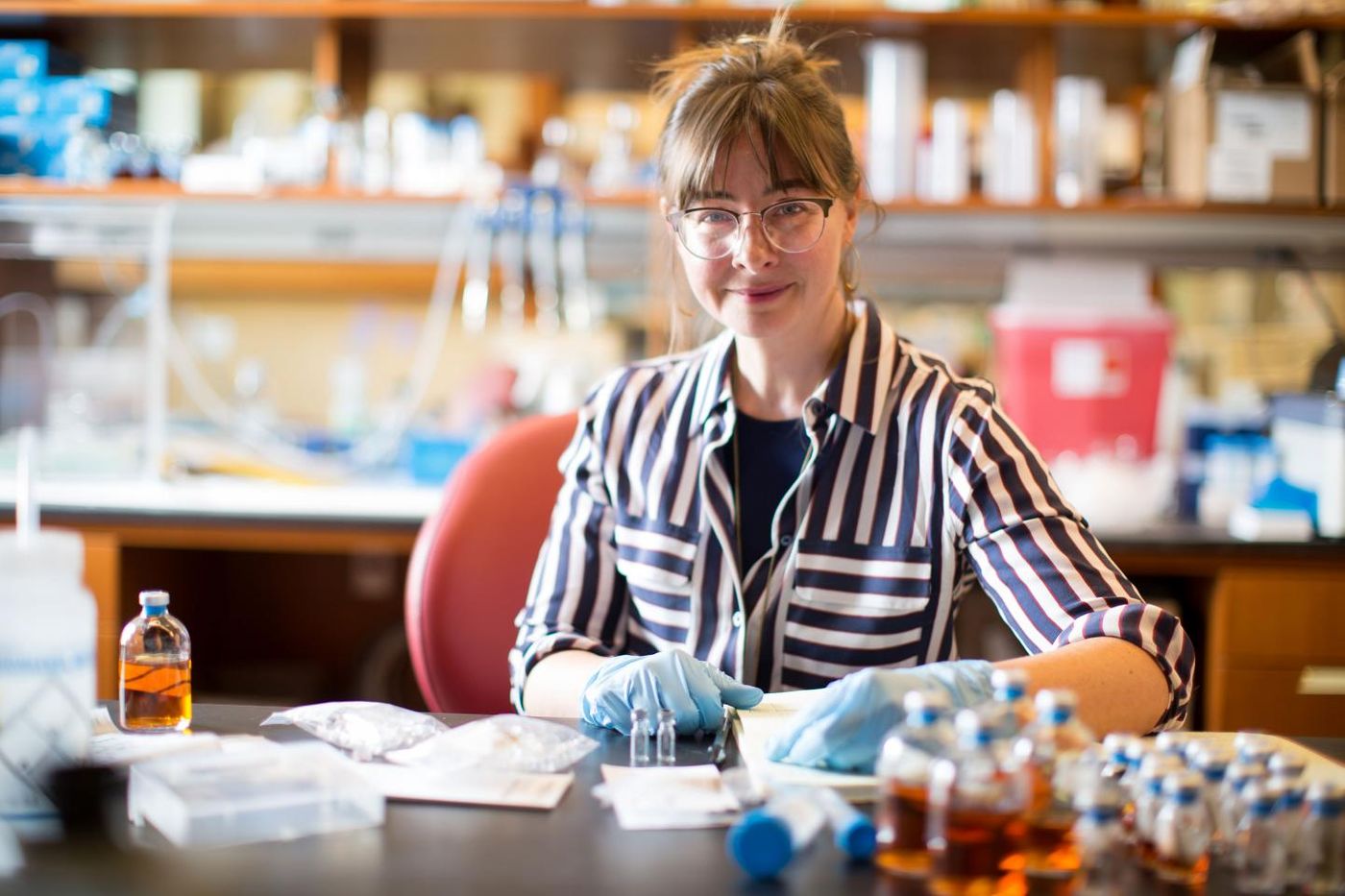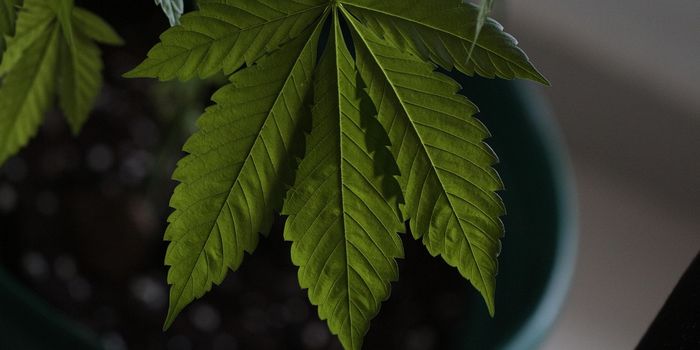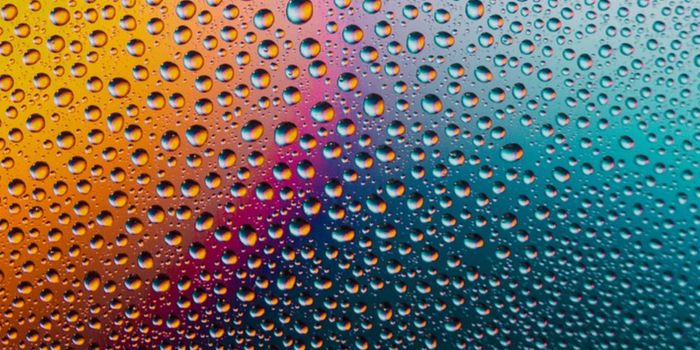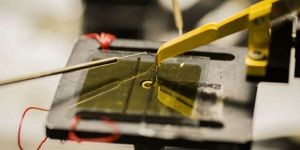Family of Ocean Viruses can Destroy Bacteria
Researchers have discovered a family of viruses that seem to have an essential role in maintaining ocean health. A related group of bacterial viruses appears to be a part of the community of microbes that inhabits the human gastrointestinal tract. These findings, by investigators at Albert Einstein College of Medicine and Massachusetts Institute of Technology (MIT), have been reported in Nature.
"Bacteria are key components at the bottom of the ocean's food chain, meaning that viruses--which can infect and kill bacteria--are also vital for understanding the ocean's health and function," explained co-leader of the study co-leader Libusha Kelly, Ph.D., assistant professor of systems & computational biology and of microbiology & immunology at Einstein. She added that viruses could also destroy bacteria living in the human body. "By expanding what's known about the kinds of viruses that infect bacteria, this study allows us to look at other ecosystems like the human gut, to detect previously unknown viruses and to learn how they might be influencing bacterial populations that are vital for health or that contribute to disease,” she said.
The most common type of virus on earth have double-stranded genomic sequences and are called dsDNA viruses. Some of these viruses have ‘tails’ that help them infect bacteria, and have been studied extensively. The non-tailed type of dsDNA viruses are also common, but less is known about them, especially because they are tough to grow and difficult to study. However, scientists were able to meet these challenges.
"Our collaborator, Martin Polz at MIT, developed a model system that overcomes these limitations," said Dr. Kelly, "making it possible to study the role of viruses in complex microbial communities in the lab."
For this work, postdoc and lead author Kathryn M. Kauffman, Ph.D. gathered daily samples over three months from coastal Massachusetts waters. Viruses harvested from the samples were then grown in marine cultures of Vibrionaceae bacteria. Over 200 viruses successfully infected and grew in the Vibrionaceae bacteria and were selected for genomic analysis.
The scientists found eighteen viruses that were part of a new family of dsDNA viruses, termed Autolykiviridae. It was found that viruses in this family could kill many strains of Vibrionaceae species compared to tailed viruses in water samples. "They caused about 40 percent of the bacterial killing observed, despite comprising just ten percent of the viruses that we isolated," revealed Dr. Kelly.
Additional work shows that Autolykiviridae could infect many other kinds of marine bacteria. Computational work indicted they are critical predators, maybe in the whole ocean. "We showed that viruses related to the Autolykiviridae are infecting many diverse groups of ocean bacteria as well as other bacterial groups that we cannot currently identify," said Dr. Kelly.
It is possible that Autolykiviridae-like viruses have important roles that extend beyond the ocean as well. "We've found related viral sequences in the gut microbiome," Kelly said, "but we don't yet know how they influence microbial communities in the gut or how important they are for health."
"Investigating the diversity of non-tailed dsDNA bacterial viruses in other environmental systems is a major next step," said Dr. Kauffman. "We also need to uncover the molecular basis of the distinctive interactions of the Autolykiviridae with their hosts."
Learn more about the viruses of the ocean from the video.
Sources: AAAS/Eurekalert! Via Albert Einstein College of Medicine, Nature









